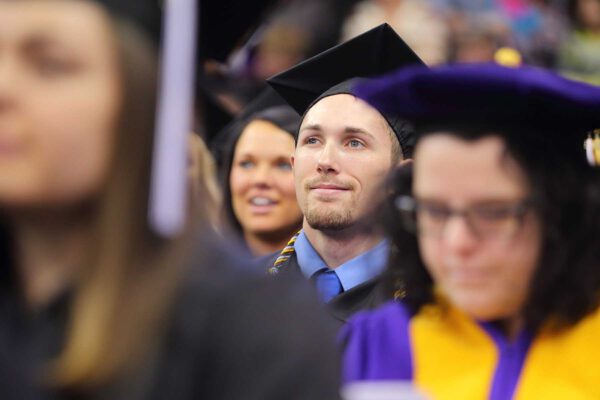New Report Shows Student and Institutional Benefits of Emergency Grant Programs
Title: Increasing College Persistence Through Emergency Grant Programs
Source: Sage Education Advisors and Heckscher Foundation for Children
Emergencies, such as the loss of a family member, unemployment, eviction, health concerns, and others, often derail students’ academic progress and ability to persist to graduation. With the increase in emergencies and basic needs insecurity brought on by the COVID-19 pandemic, higher education institutions are continually looking for ways to help their students remain enrolled and complete their degrees.
One popular initiative is developing an emergency grant program. However, little empirical research has documented the benefits of these programs for students and institutions.
In response, Heckscher commissioned a study of the State University of New York (SUNY) Student Emergency Fund (SEF), a program designed to increase student persistence by “providing emergency aid to low-income students who are experiencing temporary setbacks.” Piloted in 2018 at six SUNY campuses, each institution annually received between $50,000 and $100,000 to provide students up to $2000 each for necessary expenses aside from tuition and fees.
Sage and Heckscher found four key impacts on student recipients:
- Increased student persistence: Approximately 1880 recipients (94 percent) were either still enrolled or successfully completed their degree program the semester after their emergency
- Increased awareness of institutional resources and services: Among responding recipients, 80 percent shared the SEF application process made them more aware of campus resources
- Increased sense of belonging and community-building: Nine in ten responding recipients shared “feeling a greater sense of belonging” because of the grant
- Increased self-efficacy and advocacy: Over 90 percent of responding recipients described feeling more confident and able to advocate for themselves after applying for and receiving a SEF grant
All six participating institutions also reported positive results, namely increased awareness of students’ basic needs insecurity and, subsequently, improved student support services.
The report ends with recommendations for sustainable SEF program development:
- Build institutional buy-in and support through a planning and implementation team comprising leaders and staff members from across campus, especially professionals from institutional advancement and grants offices
- Practice continual assessment and utilize data to justify the importance of SEF grants to institutional leaders and donors
- Raise awareness and funds by explicitly naming and incorporating SEF into the institution’s fundraising campaigns
- Develop other revenue streams (e.g., an endowment)
To read the full report, please click here.
—Alyssa Stefanese Yates
If you have any questions or comments about this blog post, please contact us.


